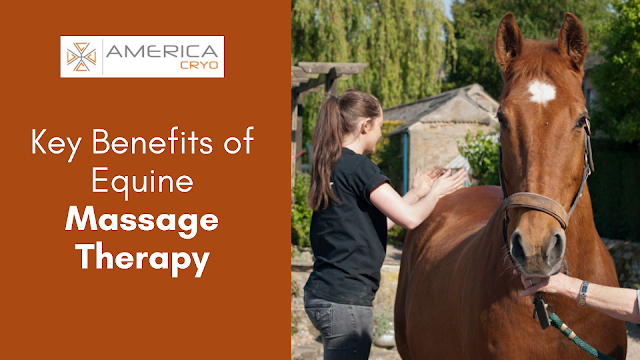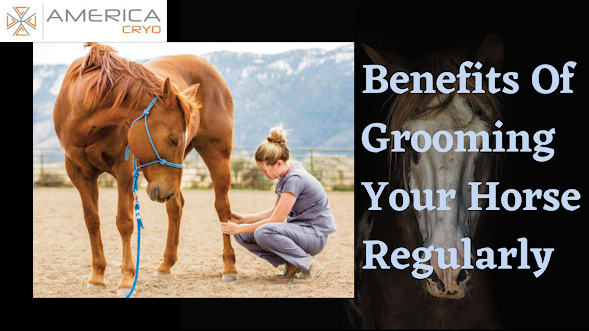5+ Key Benefits of Equine Massage Therapy
Many people enjoy relaxing massage to themselves. In the same way, your horse also needs massage therapy that helps them to perform their daily tasks comfortably. Equine massage contributes to preventing horse injury & faster recovery.
5+ Key Benefits of Equine Massage Therapy
Improved Flexibility
As per Jack Meagher Institute, By just a 20-minute massage, the horse’s stride length is increased by 3.6%. Massage reduces tightness, muscle fatigue & inflammation. Also, it helps to correct muscle alignment & increase muscle’s elasticity. Consequently, the flexibility of the pony is improved.
Helps To Deal With Psychological Issues
Massage can help to remove psychological issues of your horse like fearfulness, aggression, etc. Also, it helps to eliminate these problems by slowly instructing trust & gentle touch to your horse.
Helps To Find Problem
One of the main advantages of massage therapy is it helps to identify the existing problem of a horse’s body.
Pain Relief
Equine massage is one of the fantastic ways to keep your horse away from pain as much as possible.
Helps In Muscle Recovery
It helps to enhance muscle repair, swelling & healing after injury. Massage warm up the horse’s body & blood-flow towards the body is increased that will speed up the recovery.
Better Sleep
By taking a massage, you feel calm & relaxed that will improve your sleeping pattern. So, just like us, horses feel the same after their massage therapy session.
Before starting any horse massage, make sure that you should consult the veterinarian of your horse. Just have a look at various massage therapy devices offered by America Cryo.




Comments
Post a Comment